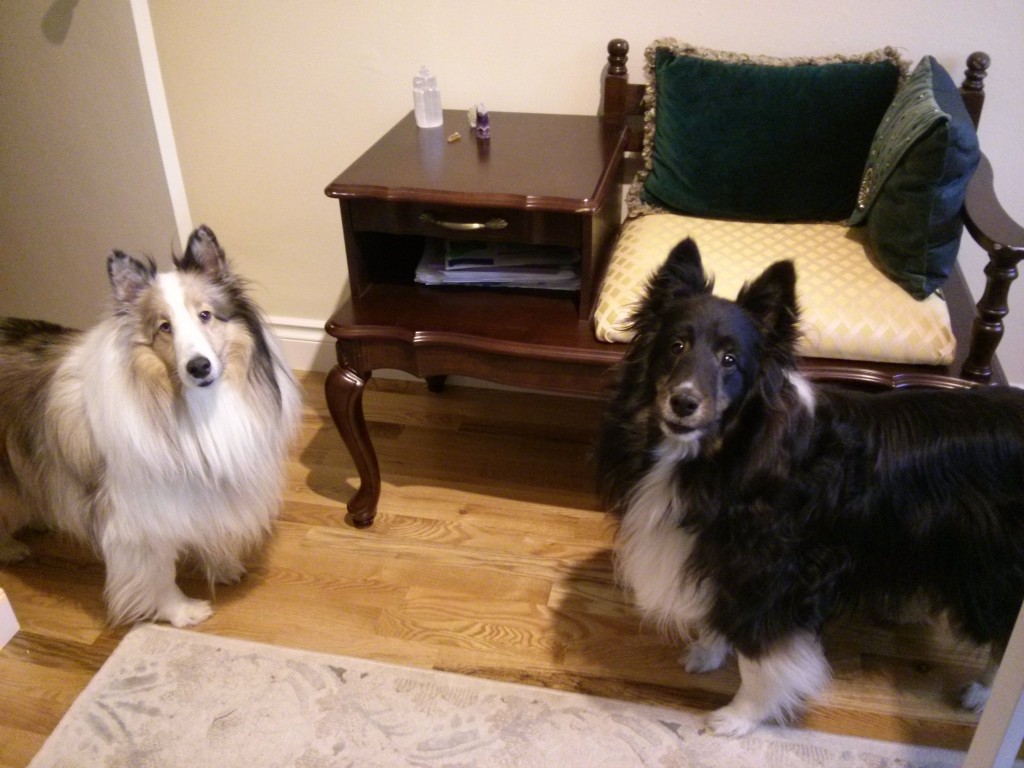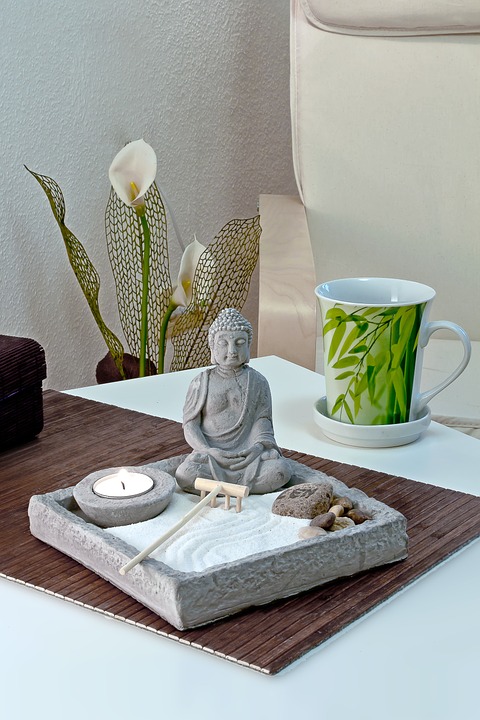
Last week, after nine months of working at home, Mr. Petrol Head went back to the office. There, the door is locked; everyone is physically distanced and separated by plexiglass; there are masks, sanitizer, and he must fill out a daily form stating that he’s well and without Covid symptoms.
Other than Team Sheltie who like to herd me on the treadmill desk when I start writing, or bark at the courier when the bell rings, the house is quiet and still. It is empty. Or at least it’s emptier than it was a few weeks ago. And I think my muse has noticed.
Mr. Petrol Head isn’t especially loud. When he was home during the week, he would be at his desk and I would be at mine. We’d always connect at lunch, but the rest of the time we were both silently engrossed in our respective jobs. Yet I always knew he was there. I don’t know why. Maybe there’s a different quality to the air when you know someone is close by. Or maybe the nurturer in me is automatically attuned to another body in the house.
After a few days of him being back at the office, my productivity seemed to increase. I also seemed to be thinking more deeply and in new ways about my work in progress. I thought perhaps I was imagining things. I also felt vaguely guilty. It’s not like I want him out of the house. I like his company.
Around the same time, I received my latest hold from the library, a book I’d requested many months ago. Simple Living:100 Daily Practices from a Japanese Zen Monk for a Lifetime of Calm and Joy by Shunmyo Masuno. It’s a short volume of single page entries designed to make you think. And think I did when I opened it to the first entry.
Make time for emptiness.
The words struck a chord because I’d been thinking about how empty the house is without Mr. Petrol Head in it.
Masuno goes on to ask if we have time to think about nothing in our everyday lives. It’s important, he believes, to make time for emptiness, even ten minutes of emptiness, every day. He writes: “when you are not distracted by other things, your pure and honest self can be revealed. And that’s the first step towards creating a simple life.”
I know he’s speaking about meditation, or something close to it. But the same concept applies to the creative life. In the same way that we need to empty a vase before we can fill it with water and add flowers, we sometimes need to empty ourselves before we can fill back up with our muse. We sometimes need stillness, complete stillness and an empty house, to create.
The house isn’t completely empty – I do have my ever-present canine pals – but there is a stillness in the air these days. And that makes it easier to hear my muse.












Comments